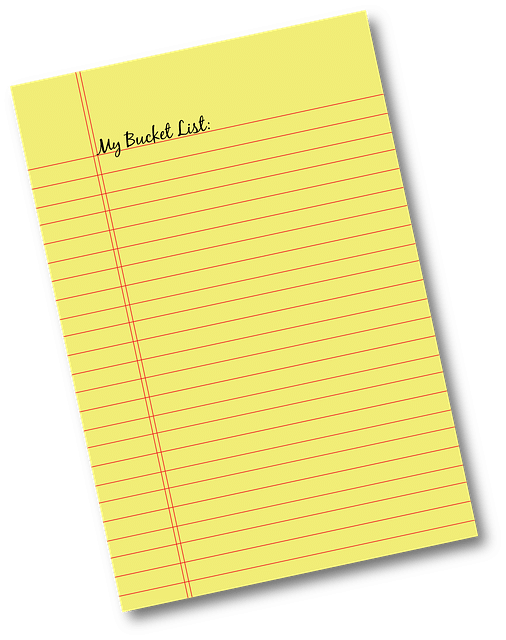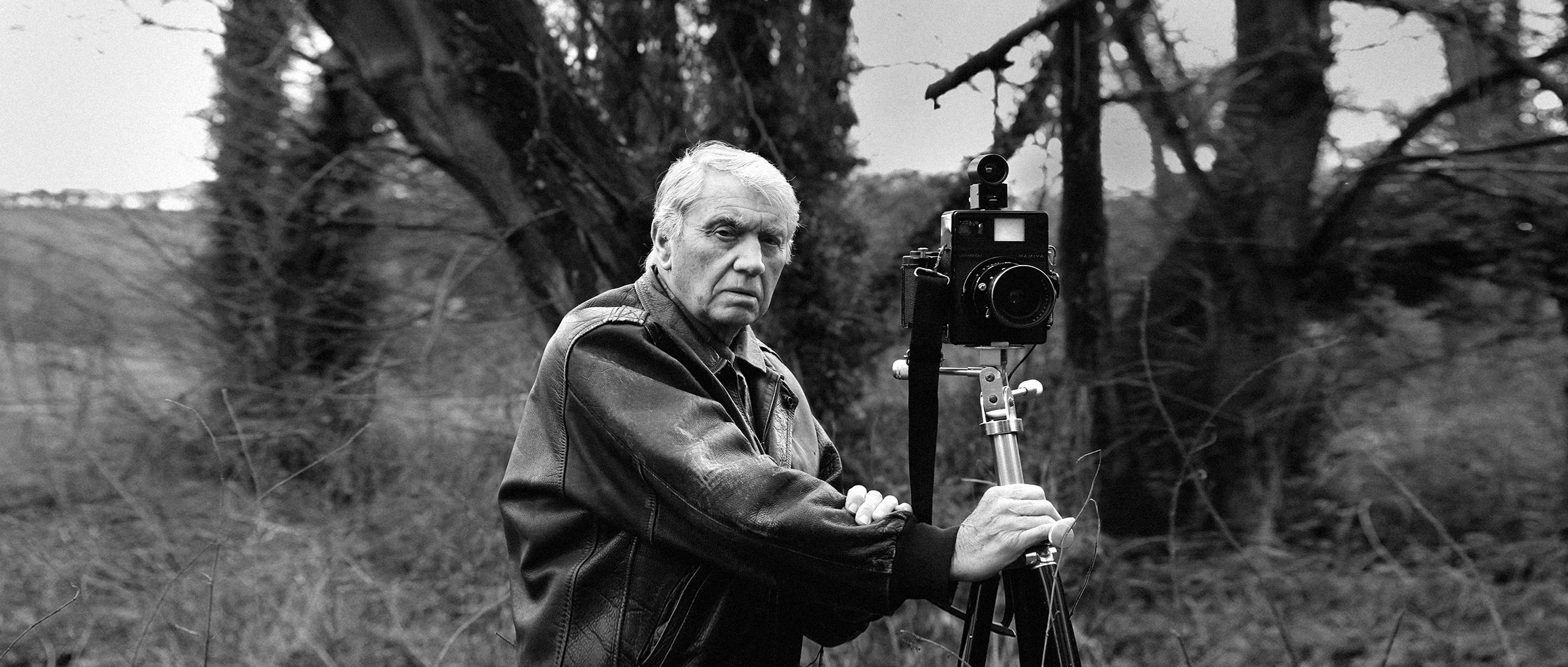Ian Leaf Biography And Interview

Ian Leaf is a globetrotting photographer and travel expert who has been around the world. He loves to travel, and he collects tips about travel every chance he gets. This is a biography and interview with Ian that helps the traveler find new ways to travel that are exciting and fun.
Ian begins all his trips with a plan, and he wants to see as much of the world as possible when he takes off. He knows it is possible to see the world in a new way, and he has visited places such as Switzerland and New Zealand to see the beauty in everything. He knows it is possible to have a new experience in every country, and he understands how easy it is to have a lovely trip when planning properly. His interview offers insight into his methods, and he shares his expertise in travel.
#1: Where Do You Make Your Travel Decisions?
I have chosen to travel to all points around the globe based on information I read online or study. I have found new places to visit in online articles, and I have looked over maps for places that seemed like quite a lot of fun. I chose locations that I knew I would like, and I often choose locations that will be completely unknown to me. I would encourage anyone to have an adventure when the travel, and I believe they must travel as often as possible simply to see the world.
#2: Do You Prefer Trains, Planes Or Boats?
I prefer trains, planes and boats. I have taken lovely train trips in my life, and I have flown to destinations in a few hours. I enjoy a boat ride when it is across placid waters, and I would tell anyone to have a go at all forms of transportation. You will feel as though you are in a detective novel when you are on a train, and you will relax when you are on a boat. I have found each of them to be rewarding, and I hope all my readers will try each at least once.
#3: Where Do You Stay?
I stay in places where the locals are plentiful and friendly. I know quite a lot of people who are staying with families in the areas they visit, and you will meet amazing people if you are willing to get to know the locals. You will meet locals who work in your hotel, and you may make friends for life when you are traveling in this manner. You are free to stay where you like, and I believe there is value in staying with someone local who will host you in a kind and hospitable fashion.
#4: How Do You Manage Money?
The money you are using for your trips must be kept in a form you may replace easily. I check exchange rates, and I take out a tiny bit of cash when I am in the country. I do everything else with a credit card or with traveler’s checks. You will find both forms of payments quite simple to use, and you will enjoy using them while traveling as they are simple and accepted everywhere.
#5: How Do You Manage The Language?
I learn phrases from the local language, and I get a guide book that helps me with signs and maps. I am not in the habit of expecting any speaks English, and I believe I am lucky to meet someone who speaks my language. Ensure you have planned to handle the language when you land, and have a few phrases memorized that you may use to hail a taxi, order food or simply get on the bus.
#6: Any Final Thoughts?
There are quite a few things I enjoy doing on my trips, and I wish everyone will try them. I take as many pictures as I may while on my trips, and I visit the places the locals tell me about. They want me to see a new part of the country, and I will see a place that most tourists will never find. all my travels are adventures, and I set out to have a proper adventure when leaving the house.

